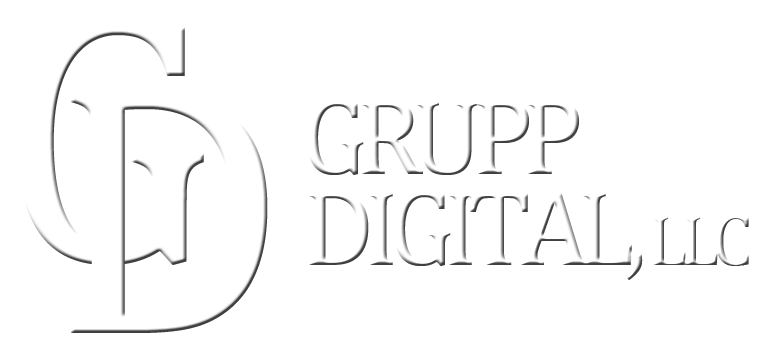What is the Difference between SOC 1 and SOC 2 and SOC 3?
A SOC (System and Organization Control) report is an examination of an organization's internal controls, and is used to provide assurance to customers, stakeholders, and regulators that the organization has implemented effective controls to protect sensitive data and ensure the availability and integrity of its systems. SOC reports are conducted by independent auditing firms, and there are three types of SOC reports: SOC 1, SOC 2, and SOC 3. In this blog post, we will discuss the differences between SOC 1, SOC 2, and SOC 3, and the benefits of each.
SOC 1: SOC 1 reports focus on an organization's internal controls related to financial reporting. These reports are designed to provide assurance to customers, stakeholders, and regulators that the organization's financial systems are in compliance with Generally Accepted Accounting Principles (GAAP) or International Financial Reporting Standards (IFRS). SOC 1 reports are typically required by organizations that handle sensitive financial data, such as banks, credit card companies, and other financial institutions.
SOC 2: SOC 2 reports focus on an organization's internal controls related to security, availability, processing integrity, confidentiality, and privacy. These reports are designed to provide assurance to customers, stakeholders, and regulators that the organization has implemented effective controls to protect sensitive data and ensure the availability and integrity of its systems. SOC 2 reports are typically required by organizations that handle sensitive data, such as personal information or financial data.
SOC 3: SOC 3 reports are similar to SOC 2 reports, but they are intended for a wider audience. SOC 3 reports are publicly available and provide assurance to customers, stakeholders, and regulators that the organization has implemented effective controls to protect sensitive data and ensure the availability and integrity of its systems. SOC 3 reports are typically used by organizations that want to provide assurance to a broad range of customers and stakeholders, such as those in the e-commerce and cloud computing industries.
One of the key benefits of SOC 1, SOC 2, and SOC 3 reports is that they provide assurance to customers, stakeholders, and regulators that an organization has implemented effective controls to protect sensitive data and ensure the availability and integrity of its systems. SOC reports can also help organizations to identify potential vulnerabilities in their systems and to implement controls to mitigate the risks. Additionally, SOC reports can be used to demonstrate compliance with regulatory requirements and industry standards.
It's important to note that SOC reports are not a guarantee that an organization's systems and data are secure. The SOC report only provides assurance that the organization has implemented effective controls and that they are operating as intended at the time of the audit. It's still the responsibility of the organization to continuously monitor and update their controls to address new threats and vulnerabilities.
In conclusion, SOC 1, SOC 2, and SOC 3 reports are different types of examinations of an organization's internal controls. SOC 1 reports focus on financial reporting, SOC 2 reports focus on security, availability, processing integrity, confidentiality, and privacy, and SOC 3 reports are publicly available and intended for a wider audience. Each of these reports provide assurance to customers, stakeholders, and regulators that an organization has implemented effective controls to protect sensitive data and ensure the availability and integrity of its systems. However, it's important to remember that SOC reports are not a guarantee that an organization's systems and data are secure, it's still the organization's responsibility to continuously monitor and update their controls.

